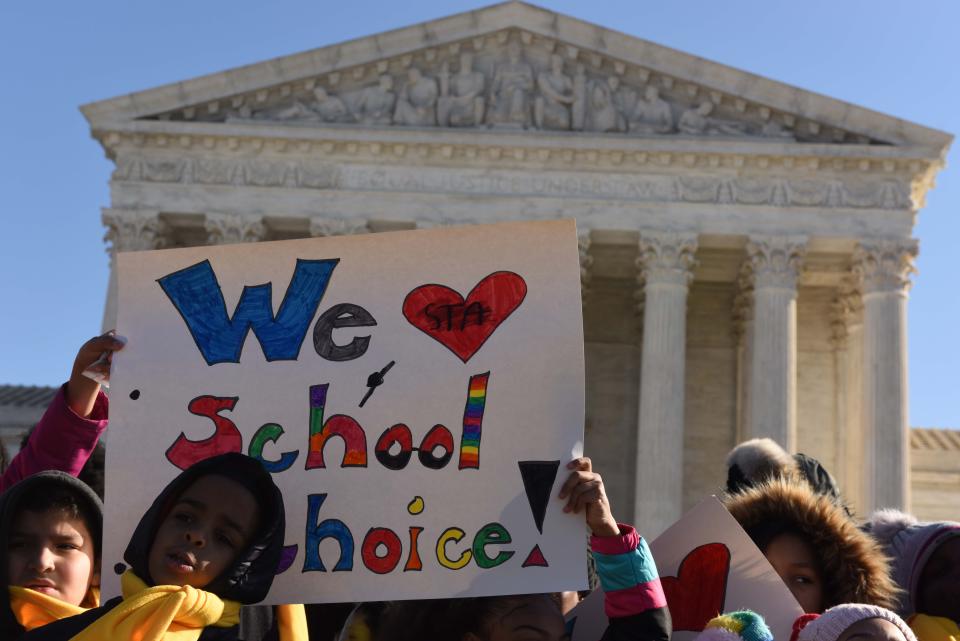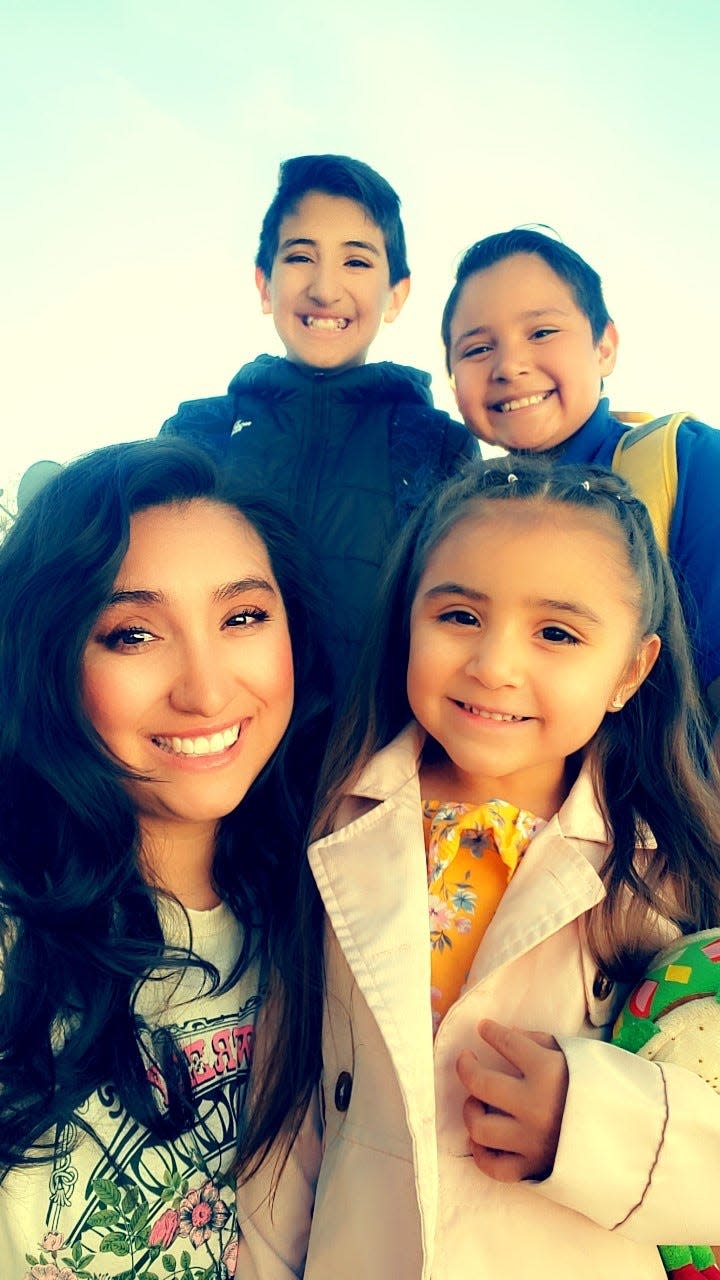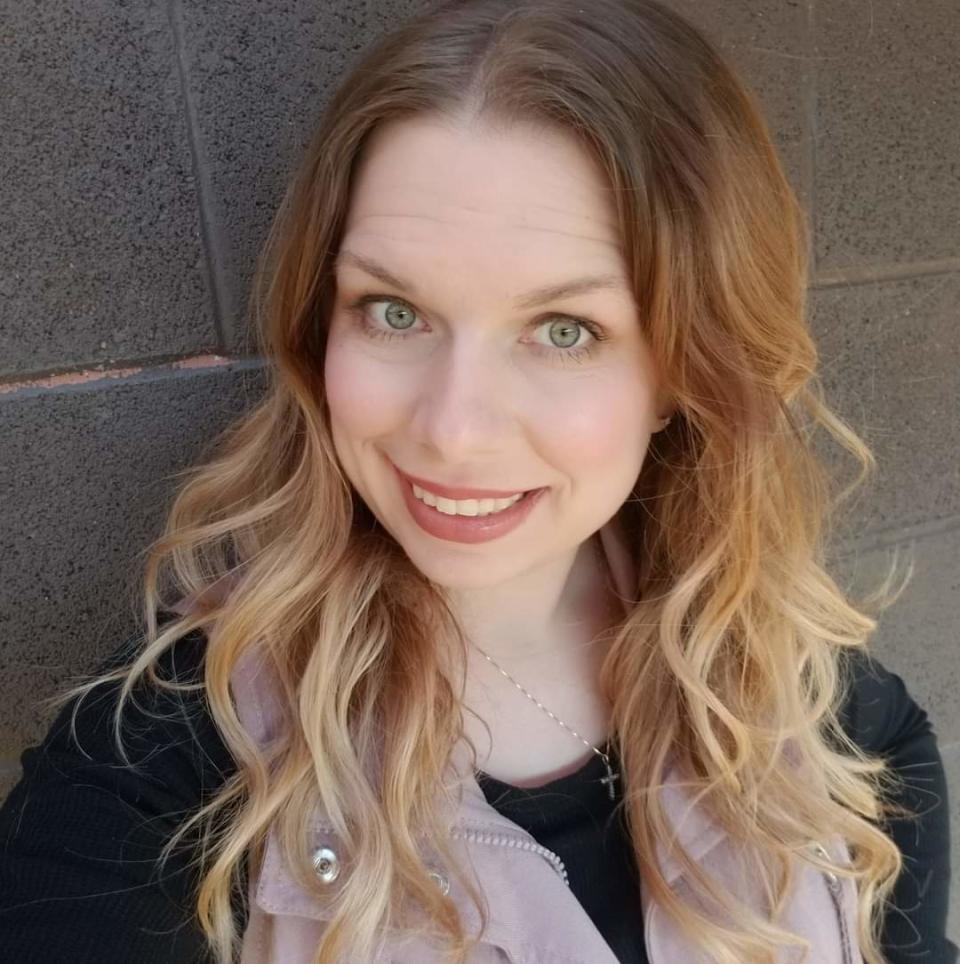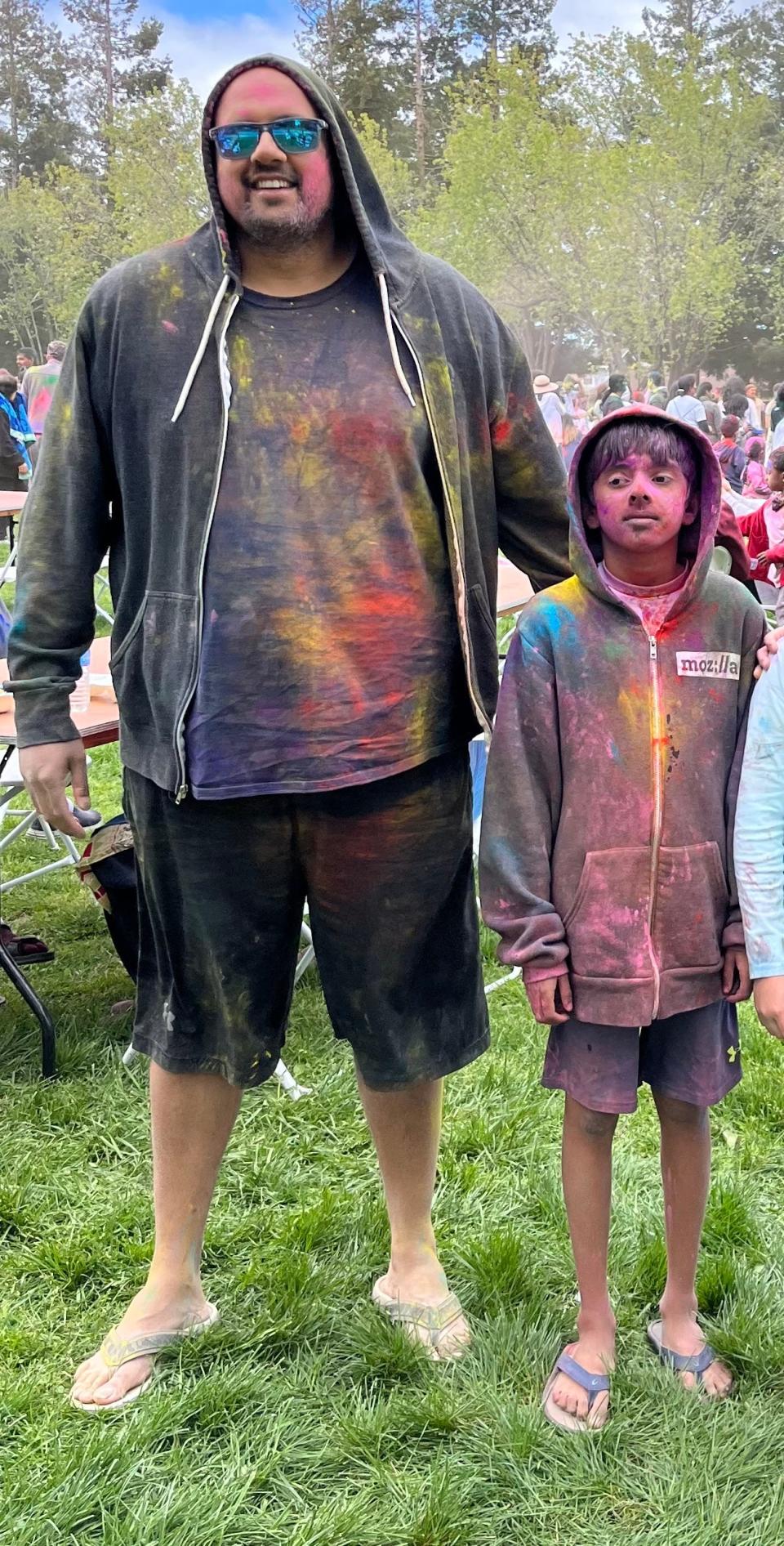Why parents who moved kids to alternative schools amid pandemic are keeping them there
Distance. Cost. Curriculum. Educators.
These factors and countless others are what drive American parents to choose one type of schooling for their kids over another. And once the pandemic shattered the steady rhythm of in-person learning, even more parents found themselves wanting an option outside of the public education system.
Public school enrollment dipped nearly 3% nationwide from 2019 to 2020 and hasn't rebounded, though declining birthrates and immigration patterns were projected to cut into this population long before the pandemic.
Homeschooling surged, and though it has dipped some since the height of enrollment, the option is still more popular than before the COVID-19 crisis. Charter schools gained and retained hundreds of thousands of students. National data showcasing private school enrollment predates the pandemic, but some surveys suggest enrollment increased at these institutions, too. Other options such as learning pods, which group together as few as three students, are also showing they have staying power.
At the same time, school choice advocates are capitalizing on parent dissatisfaction with public schools to create new alternatives to traditional education. Some of that disaffection spawned during remote teaching at the start of the pandemic. Several states this year passed legislation that entitles every child's family to use public funds for essentially any option.
In Oklahoma, for example, legislators in May passed a bill granting all state students school choice options. Parents can receive up to a $7,500 tax credit for their children to attend the school of their choice starting in January. Parents who homeschool their children can also receive up to $1,000 per child in a tax credit for school-related costs. Lawmakers in Arizona, Florida and Iowa adopted legislation that either implements new school choice programs or expands existing ones. Parents are taking states up on the offer even as critics worry there is too little accountability for the money that goes along with them.
A May survey from the National School Choice Awareness Foundation of 2,483 parents with kids in schools found that nearly 46% of them "plan to send at least one of their children to a new school this fall. More than half of those "school-switching parents" said "that they want better or safer education environments for their children."
The group advises parents to consider a variety of factors, including a school's learning environment and their child's strengths and weaknesses when choosing a school.
Ahead of the new school year, USA TODAY spoke with four families about the routes they chose.

Charter schools for the Mora family
Charter schools are independently run public schools. Some specialize in programs encompassing science, technology, engineering and math (STEM), international studies, arts education or other subjects. Others mimic traditional public schools.
School officials can decide who they hire, what they teach and which students they accept. Many have lottery systems and require parents to join waiting lists before enrolling. The schools are accountable to state or local education boards and are required to have their charter agreement renewed every few years.
Reeve Mora, a mom of three children from New Mexico, decided during the pandemic that a charter school was right for her family. Two of her kids attend Corrales International School in Albuquerque, which focuses on international studies

Compared with the public school her kids attended before the pandemic, Mora said the charter her kids go to now has smaller class sizes, and the teachers there are able to work more closely with her family because of it.
Prior to the pandemic, she applied to several charter schools and received an acceptance letter for one in March 2020. Her kids continued with traditional public education during distance learning for the rest of the 2019-20 school year and shifted to the charter school in the 2020-21 school year.
Her son Ezequiel Palacio, 13, will be an eighth grader in the fall. His younger brother Thaddeus Palacio, 8, was a kindergartener when the pandemic hit and a fourth grader this school year.
Mora's kids initially shifted from their neighborhood school to a charter school where they won seats in a lottery after applying. Then she moved them to Corrales, drawn by its proximity to home and its dual-language program. She said her kids are thriving academically.
Teacher and staff turnover, a threat of violence on the school bus and what she called a lack of help from administrators when she needed them most all contributed to her decision.
But she had considered making the move much earlier.
"I think in my heart I wanted to believe in the public school system," she said.
Florida just expanded school vouchers: Here's what it could mean for public education
For the Kosem family, the preference is homeschooling
Homeschooling surged in popularity during the pandemic, according to the U.S. Census Bureau. Census data from early 2021 showed "an increase of 5.6 percentage points and a doubling of U.S. households" with kids in homeschooling at the beginning of the 2021-21 school year compared with the previous school year.
Many parents took on a more active role in their children's education when schools pivoted to remote schooling, while some discovered their kids learned better at home. Others felt homeschooling was safer for their children or found another reason to pursue the option.
But learning at home is not the same as the remote education many kids experienced during the pandemic. Instead of tapping into the lessons many other students are learning at the same time in traditional public schools, homeschooling allows parents or tutors, whoever is their primary teacher, to teach lessons they want kids to learn. They also must buy their own curriculum, books and supplies, although a growing number of states are helping to subsidize those costs.
Ashley Kosem's kids will be starting third and sixth grade at home this fall. They attended public school during the pandemic until Kosem began homeschooling them during the 2020-21 school year. Now, she says she has more control over what her kids learn and can curate lessons on the values that align with her family, including teaching empathy and respect.

Kosem, who lives in West Virginia and is a stay-at-home mom, said she "will always regret (her) decision to not start sooner." She said the stigma attached to parents who choose to homeschool prevented her from trying homeschooling earlier. The critiques she heard included a lack of rigor and missed social opportunities for kids.
She couldn't be happier with her choice.
"Virtual school was hard, controlled by people who don't live in my home, and honestly not super effective especially for younger children," she said. "Homeschooling is family, freedom, individuality and love."
The Singh family chooses private schools
Private schools are independently run and funded. They can cost a few thousand to tens of thousand of dollars a year. Parochial or faith-based schools, which are also private, focus on religious education. Both generally have total control over what they teach, who they hire and which students they will accept.
Raj Singh moved his son Sachin, 10, to a private school during the pandemic amid tension between parents and public school administrators over when to reopen schools.

Singh, who lives in Cupertino, Calif., said he and his wife were unhappy with how long his local school board took to reopen schools because they didn't want the then-7-year-old to learn completely online.
Instead of waiting for schools to reopen, they decided to spend thousands on a private school nearby during the 2020-21 school year that was operating classes in person.
"We moved him to private because (public) schools wouldn't reopen, and we kept him there because he likes it, and also because (there is) less drama," said Singh.
Public schools for the Bustos family
Traditional neighborhood public schools are the most common choice for kids in America. About 49.4 million U.S. children, the overwhelming majority, attended public schools in the fall of 2020, according to the National Center for Education Statistics.
Many families are tied to the public schools closest to their homes, but in a growing number of places, choosing another school within your area or a neighboring district is an option.
When deciding where to send her son, Maria Bustos chose her neighborhood public school. Her son Erick is a rising fifth grader at Downer Elementary School in San Pablo, Calif.
Bustos said she wanted her son to go to school with other kids in the neighborhood because they come from similar backgrounds, and the nearby school provides the best pathway to that option.
"We know everybody at the school," she said. "It's our community."
She also felt supported by the teachers during remote schooling during the pandemic.
What it means for students and schools: School choice remains popular following COVID closures
Contact Kayla Jimenez at [email protected]. Follow her on X, formerly Twitter, at @kaylajjimenez.
This article originally appeared on USA TODAY: Parents are choosing schooling options outside of public schools
